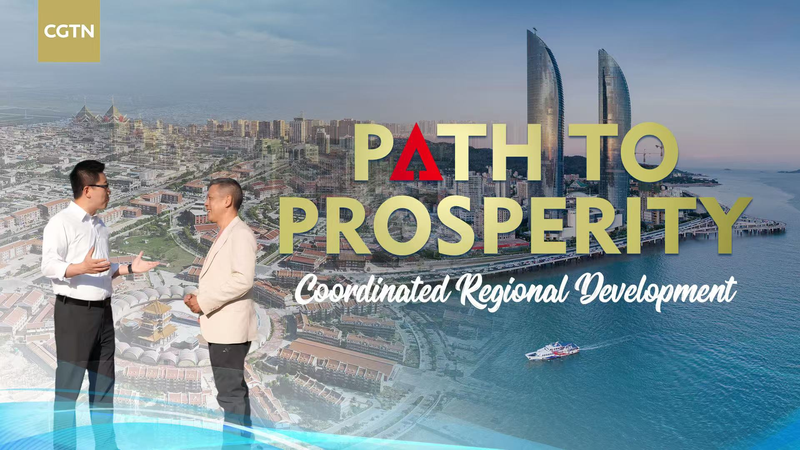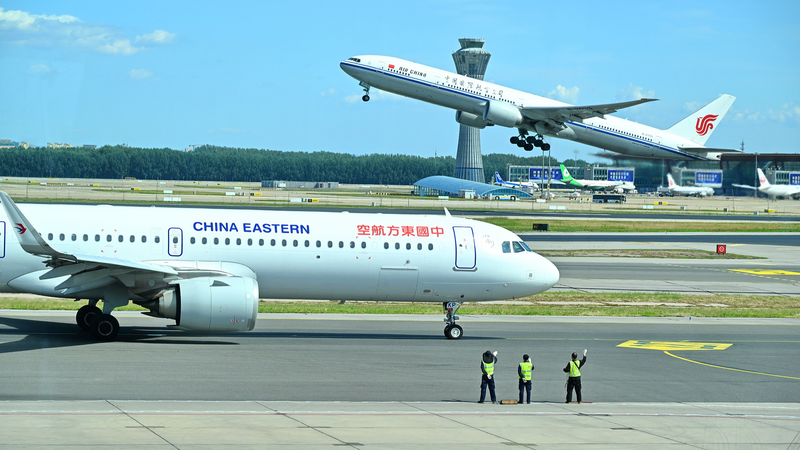For decades, China’s coastal regions raced ahead economically while interior provinces worked to catch up. This landscape began to shift when the Chinese premier rolled out a coordinated regional development strategy to unlock growth across the entire nation.
Launched in 2013, the strategy aims to reduce disparities by fostering cooperation, balancing resources, and creating synergy among diverse areas. As of 2025, the initiative marks over a decade of steady progress toward more inclusive prosperity.
The framework centers on five major corridors and clusters that connect markets, talent, and innovation hubs:
- Beijing-Tianjin-Hebei integration
- Yangtze River Economic Belt
- Chengdu-Chongqing Economic Circle
- Guangdong-Hong Kong-Macao Greater Bay Area
- Western Development initiatives
According to official data, the GDP gap between coastal and western provinces narrowed significantly, dropping from a ratio of roughly 2 to 1 in 2012 to about 1.5 to 1 in 2022. Improved rail networks, digital infrastructure rollouts, and targeted investment have boosted local industries and trade links.
Take Sichuan province, for example. High-speed rail and 5G-enabled industrial parks have helped local technology startups tap into domestic and global markets. Meanwhile, agritech innovations in Guizhou connect farmers to e-commerce platforms in major cities, turning remote areas into growth engines.
Looking ahead, China’s coordinated development approach offers a blueprint for balancing growth in diverse economies worldwide. By weaving cooperation into its growth model, it shows how long-term vision and strategic planning can transform regional economies and fuel sustainable prosperity for all.
Reference(s):
cgtn.com




